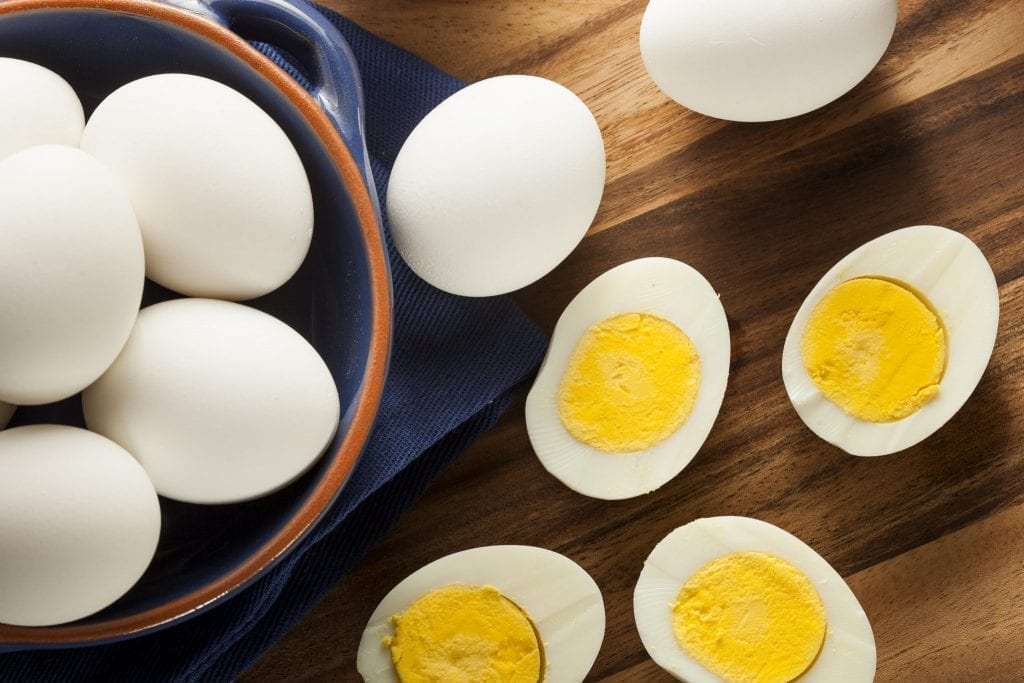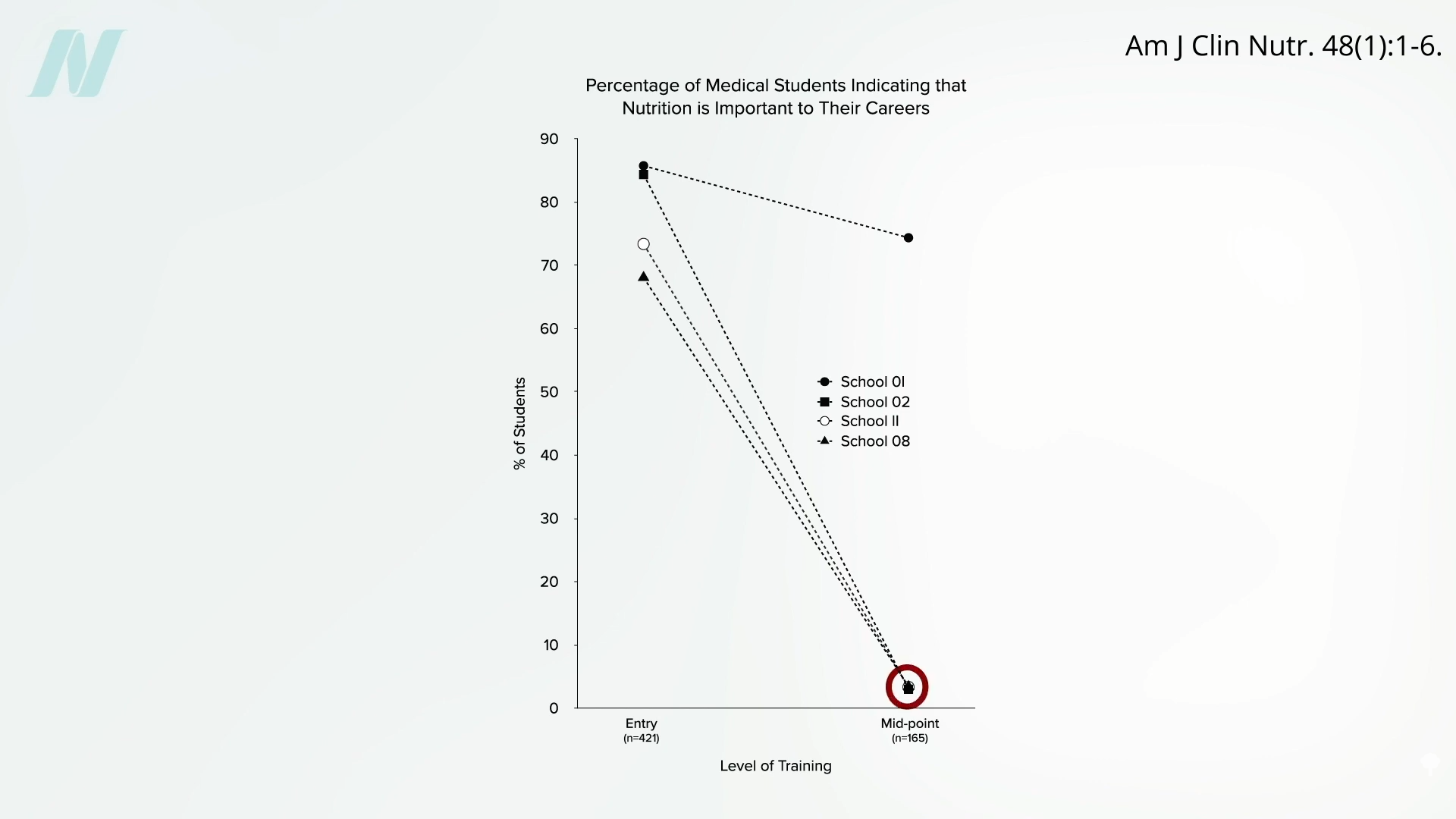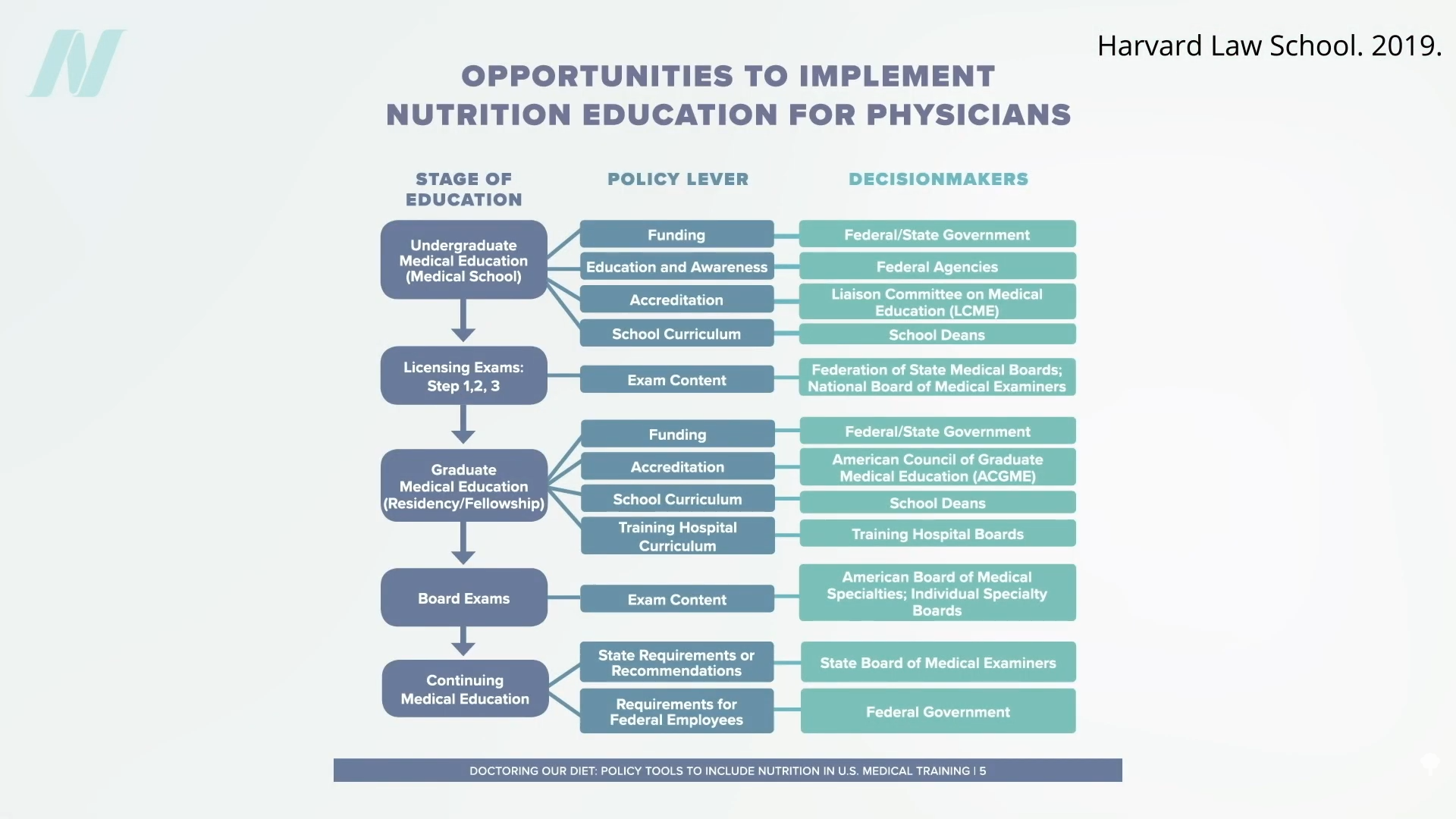
You might recognize this scene. Lunch was small, you feel full sooner than usual, and by late afternoon you are both a little hungry and a little uninterested in a full plate. That’s a common GLP-1 experience. One trick is to keep a short list of satisfying, easy snacks that slip into your day and quietly supply the protein (as well as other important nutrients and fluid) your meals may be missing. Think creamy yogurt cups, a tuna packet, or a smoothie. None of it needs to be fussy. It just needs to work for you.
Protein-forward snacks do more than plug a number into your food log. They help your body hold on to hard-earned muscle, encourage steadier energy, and curb the kind of grazing that can creep in when meals get tiny (2)(4)(5). Let’s map it out. We’ll address why protein matters, how to navigate common hurdles, and go-to snacks. Plus, quick MyFitnessPal tips to help support you on your journey.
Why Protein Matters on GLP-1s
On GLP-1s, protein deserves top billing. Smaller portions mean each bite must work harder, and protein protects muscle, extends fullness, and steadies energy (2)(5)(4). Here’s why.
Muscle Preservation During Weight Loss
Rapid weight loss, especially while on a GLP-1 generally involves losing both muscle mass and fat mass (2). Muscle supports strength, balance, and everyday movement. Eating enough protein is one thing you can do to help protect your muscle mass during periods of rapid weight loss (2). But protein doesn’t work alone. You generally need regular resistance training, too (2). “Protein is a daily investment you can make in reaching your health goals. Small protein additions to your daily routine can add up to make a meaningful impact,” says Katherine Basbaum a MyFitnessPal dietitian.
Satiety and Blood Sugar Control
Protein breaks down more slowly than most carbohydrates (6). That slower pace helps you feel satisfied after eating, and it dampens sharp rises and dips in blood sugar that can leave you sleepy or snacky an hour later (6)(4). A snack of Greek yogurt or edamame can provide valuable protein and help you stay satisfied until your next meal.
Expert Recommendations for Daily Intake
In the U.S., the protein RDA is 0.36 grams per pound of body weight, or about 54 grams a day for a 150-pound adult (7). During weight loss, preserving muscle mass means prioritizing resistance training and may require 0.55 to 0.73 grams per pound, roughly 83 to 110 grams a day for that same 150-pound adult (8). Your range is personal to you. It can vary based on your health status, age, activity level and more (8). If hitting a higher protein target is not practical for you, aim for at least 20 to 30 grams of protein at meals and at least 10 grams at snacks. “Snacks are the flexible tool here. They bridge the space between smaller meals, can help you reach daily nutrient goals and keep you satisfied until your next meal,” says Basbaum.
Common Challenges With Protein on GLP-1s
Even with a solid plan, hitting your protein target on GLP-1s can run into real-world obstacles. The first and most common is appetite changes, especially feeling full before you finish your meal (2).
Appetite Changes
A shrinking appetite is common when you’re on a GLP-1 (9). That may push total protein intake down (2) making it more challenging to reach your daily protein goals. Breakfast might be a few bites. Dinner might be a half portion. The day adds up to less than you intended because you’re eating less overall (2).
Why this matters: over time, consistently low protein can make it harder to maintain muscle and to feel genuinely satisfied (2). “I recommend working with your appetite, not against it, by prioritizing protein at meals and snacks and reducing portions to sizes that are tolerable for you while still meeting your nutrition goals,” says Basbaum.
Food Aversions and Tolerability Issues
Taste preferences can shift in surprising ways and even some protein foods may seem unappealing (1)(2). Red meat might sound like too much. Dry textures can be a turnoff. Hot foods may seem less appealing than cool, creamy options when appetite is low.
Dietitian Strategies for Overcoming Barriers
- Use smaller portions spaced through the day (2).
- Favor soft textures when needed, such as Greek yogurt, cottage cheese, or smoothies (2).
- Rotate flavors and formats to avoid taste and texture fatigue.
“It’s normal if your former craving for fatty, sugary foods disappears once you start a GLP-1 (2). Try new foods and listen to your body’s cues to help you plan meals and snacks that help you reach your nutrition goals while managing side effects,” says Basbaum.
High-Protein Snack Ideas
When it comes to snacking, choose what sounds good and sits well. Aim for around 10 grams of protein per snack, or combine two smaller options if you feel full quickly. Here are some broad snack categories to consider.
Dairy and Plant-Based Alternatives
These options can be enjoyed on their own or with very little prep. They pack in protein in small serving sizes, perfect for snacking!
- Nonfat plain Greek yogurt, 1 single serve container, about 16 grams protein (10)
- Low fat cottage cheese, 1/2 cup, about 12 grams (11)
- Soy yogurt, 6 ounces, about 8 grams (13)
- Soy milk, unsweetened, 1 cup about 8g (14)
Why these work: Liquids snacks and foods with a soft texture may be better tolerated while on GLP-1s depending upon your side effects (2). The serving size can be small while still packing in a nutritional punch, and you can sweeten with fruit or add herbs for a savory bowl. Try cottage cheese with sliced tomatoes and a sprinkle of pepper, or Greek yogurt with berries. Log your snacks in MyFitnessPal to see your progress towards your daily goal.
Portable Packaged Options
When your schedule gets chaotic, convenience wins. Keep a few shelf-stable choices in your bag or desk so protein is always within reach.
- Protein bars
- Greek yogurt
- Ready-to-drink protein shakes
Label-reading tips you can use today:
- Scan the barcode with MyFitnessPal.
- Check for protein first, then review for added sugars, fiber, and fat.
- If a label shows a nutrient is 5% DV or less that means it’s a low or poor source of that nutrient (14). Reach for snacks that contain more than 5% DV of protein.
“The right portable snack can help you stay on track. If it is in your bag, you are more likely to eat it,” says Basbaum .
Simple Whole Foods
Sometimes the best snack is the one you already know how to make in 60 seconds or less.
- Pre-cooked hard-boiled eggs
- Nut butter with apple slices or celery
- Tuna or salmon packet
Dietitian Tip: Pair protein-rich whole foods with fiber-rich foods at snack time to help you feel full and obtain valuable vitamins and minerals found in key sources of fiber like fruits, vegetables and whole grains (3)(15). Don’t forget to hydrate! Getting enough water can help you with side effect management and your general health goals (2). Track your water and snacks in MyFitnessPal to stay on top of your nutrition goals.
Creative Options
Add a fun twist to a classic to help you make progress towards your protein goals.
- Protein cold foam in coffee. Blend ½ to 1 scoop protein powder with 1/4 cup milk until foamy, about 10 to 20 grams protein depending on your powder and milk.
- Protein shake. One scoop of protein powder typically adds 20 to 25 grams of protein. Add frozen berries and a handful of spinach for fiber and micronutrients. Blend with milk or yogurt for an extra dose of protein.
- Cottage cheese bowl. Start with 1/2 cup low fat cottage cheese for approximately 12g of protein (source), then add your favorite fruit and a spoonful of chopped nuts. The bowl lands around 15g of protein.
“If a snack feels fun, you’re more likely to enjoy it and repeat it. Building sustainable habits while enjoying the foods you eat can support you in reaching your health goals,” says Basbaum.
How to Choose the Right Snack for You
There isn’t one perfect snack, only the one that fits you today. Use the tips below to match protein snacks to your own appetite.
Balancing Taste and Tolerance
Cold instead of hot, smooth instead of chewy, savory instead of sweet. Your preferences may drift from week to week. That’s normal. Create a short list of options for each mood. Keep the ingredients on hand.
Listening to your body helps. If a snack leaves you overly full, scale down next time. If you still feel hungry soon after, add a side of fiber, such as berries or sliced peppers to create the perfect snack pairing.
Portion Size Adjustments
Mini portions work beautifully. Eat half a bar now and the other half later. Mix a half scoop of protein powder into a smoothie instead of the full scoop if that feels better. The goal is total daily protein, not a perfect number in one sitting.
Why multiple mini snacks spread throughout the day can win
- Satisfy your hunger without feeling overly full or uncomfortable.
- More steady energy.
- Easier to reach your daily protein goal without forcing it.
Using MyFitnessPal to Track Protein
Tracking makes invisible gaps visible. Log snacks as you go, or use Voice Log to keep pace on a busy day. MyFitnessPal shows your protein total and how close you are to reaching your daily goal. If you are finding yourself short by late afternoon, choose a higher protein snack next or opt for extra protein at dinner.
Helpful habits
- Save your favorite snacks as Meals in MyFitnessPal.
- Use Barcode Scan for packaged items.
- Check out My Weekly Report under the More menu to spot patterns in your protein intake.
Frequently Asked Questions: High-protein Snacks for GLP-1 Users
Are protein shakes OK as snacks?
Yes. Shakes are easy to tolerate and simple to customize. One scoop of protein powder usually provides 20 to 25 grams (16). Blend with fruit, skim milk, or nonfat Greek yogurt for a balanced option, or keep it simple and blend with water.
What if I can’t tolerate meat or dairy on GLP-1s?
You still have options. Soy yogurt, tofu cubes, edamame, roasted chickpeas, and plant protein powders all work. Combine two plant-based choices if one serving is not enough protein on its own. “Plant proteins can help you meet your protein needs with smart pairing,” says Basbaum.
Do plant-based protein snacks count?
They do. Focus on total grams and your personal tolerance. Include fiber-rich sides to support digestive comfort and satiety and don’t forget to stay hydrated (2).
How often should I snack on GLP-1s?
There is no universal rule. You may do well with one or two snacks spaced between smaller meals. Let appetite, schedule, and taste preferences guide you. Track your snacks and meals in MyFitnessPal and if you notice your daily protein is low by evening, you can add a small snack to help you hit your goals.
The Bottom Line
Protein and resistance training are non-negotiable when you want to support muscle mass during weight loss, and snacks are a stealthy tool for helping you get there. Choose foods that feel good to eat, keep portions balanced, and aim for around 10 grams of protein per snack. Rotate a few favorites so you do not get bored. Track in MyFitnessPal to see your progress stack up. Small decisions made consistently will carry you to your goal.
If you are ready to move from ideas to action, pick three snacks from the lists above and add them to your MyFitnessPal saved meals today. Stock your kitchen with key ingredients or use MyFitnessPal’s High Protein dietary approach, available in our Meal Planner to have protein-rich ingredients delivered to your door. By the end of the week you will have fewer what-do-I-eat next moments and have increased your protein intake. Win, win.
“Snacks may get a bad rap, but they can be an opportunity to help you reach your nutrient goals. Focus on planning balanced snacks that center around protein, and you can make progress towards your goals while on GLP-1s,” says Basbaum .
The post High-Protein Snacks for GLP-1 Users appeared first on MyFitnessPal Blog.























